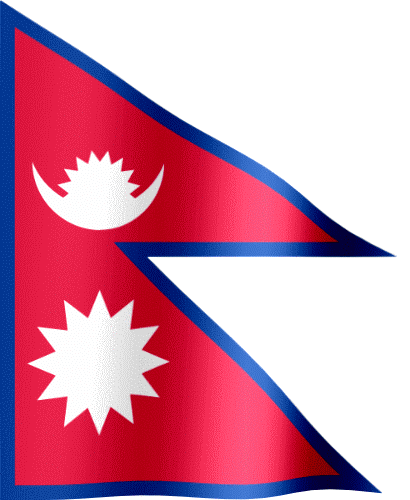Kamal Pokhari is a stunning and historic pond located in Bhaktapur, Nepal. This man-made pond is situated in the heart of the city and has been a popular destination for both locals and tourists for centuries.
The pond is believed to have been constructed during the Malla era in the 15th century and was later renovated by King Yaksha Malla in the 16th century. It was named Kamal Pokhari due to the lotus flowers that bloom on its surface, with Kamal meaning lotus in Nepali.
Kamal Pokhari is surrounded by a beautiful stone pavement and is home to a number of small temples and shrines dedicated to Hindu gods and goddesses. The pond is considered to be a sacred site by the locals, and many come here to offer prayers and make offerings to the gods.
One of the most striking features of Kamal Pokhari is the Yatu Ganesh temple located on the eastern side of the pond. This temple is dedicated to Guru Ganesh, one of the most important deities in the Hindu pantheon. It is believed that the temple was constructed during the reign of King Bhupatindra Malla in the 18th century.
The pond is also home to a number of fish species, including the famous silver carp. The fish in the pond is considered to be sacred and are often fed by visitors who come to the site.
Kamal Pokhari is not only a religious site, but it is also a popular destination for recreation and relaxation. The serene and peaceful environment around the pond makes it an ideal spot for meditation and reflection. Visitors can also take a leisurely stroll around the pond or sit on the stone pavements and enjoy the tranquil atmosphere.
In recent years, there have been efforts to preserve and renovate Kamal Pokhari in order to maintain its cultural and historical significance. The local government and other organizations have taken steps to clean up the pond and restore the surrounding areas, ensuring that it remains a beautiful and important site for generations to come.
Overall, Kamal Pokhari is a truly unique and special destination that offers a glimpse into Nepal's rich cultural heritage. Its serene and peaceful environment, coupled with its stunning architecture and natural beauty, make it a must-visit site for anyone traveling to Bhaktapur.
Also visit the site: Bhaktapur City
Video of Kamal Pokhari Bhakapur :













